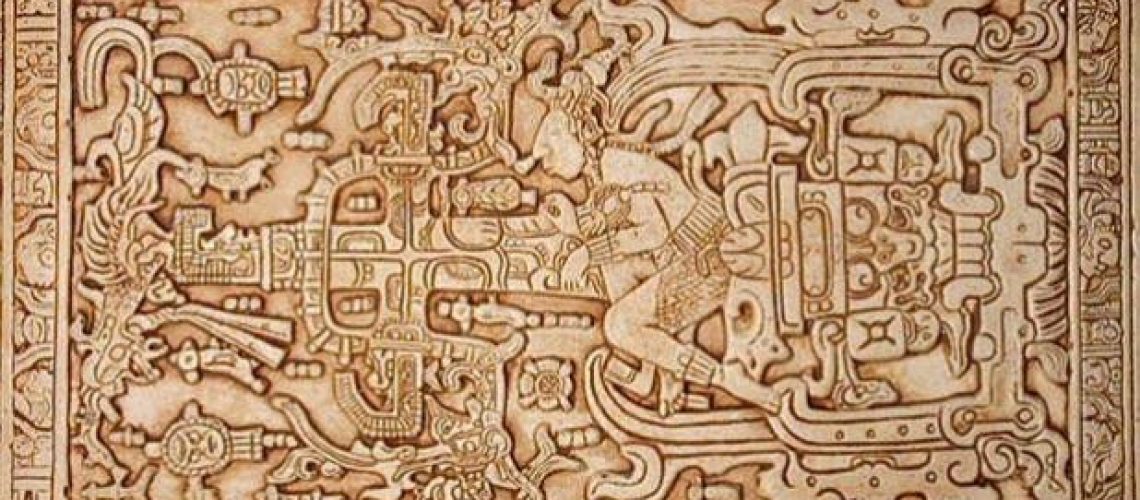Our ancestors did not have the same kind of technology available to them as we do today. They didn’t have sensitive devices able to monitor human brain waves, nor advanced microcontrollers, or even the ability to harness electricity as we do today. However, they did have many techniques to induce various altered states of consciousness and ways to heal the body and mind that we are only now rediscovering the effectiveness of.
The Mandala is probably one of the best-known technologies on this list. An image used as a focus point in meditation it symbolized the whole of the universe. The classic Mandala design has a circle inside a square with four gates in a “T” shape, with the whole design having a radial balance.

Today the term now has a broader definition and often refers to any geometric design that may be used as a focal point in meditation. Historically, Mandalas were treated as the “home” of the deity depicted and often included a mantra in its design. Mandalas would be used as part of a guided meditation and when combined with a mantra were created to induce a lived experience in the person using it. Passing through a time, place, or event with the goal of achieving enlightenment through it. Fully discussing the meaning and use of Mandalas would be far beyond the scope of the article. However, the inclined are encouraged to read more about these fascinating images.
In the modern day we now know that light and color can affect our mood and emotional state. Ancient mystic practitioners knew this very well. Without having to study this in a lab and leveraged this to great effect with the mandala.
Mantras, for their part, is another term that has expanded in definition from its traditional meaning. However, a mantra is a kind of hymn or chant that may have a literal meaning, but this is not required. These chants could be as simple as the “Om” that many are familiar with, or complex and musical. A full break down of Mantras, their history, and religious meanings would be far too complex for the space here. So, I would encourage you to read more if you are interested.
Another common tool that our ancestors used to enter meditative states was the use of drums, bells, or other instruments. These rhythmic tones and sounds help to calm and focus the mind. Drums are often employed in rituals such as Shamanistic ceremonies. Chants much like Mantras are also used in these ceremonies often in time with the drums.
Today we now know that various types of rhythms and tones can affect the brain and help to elicit altered, meditative states. These are commonly referred to as Binaural beats and can be used to affect the mood of the listener.
While our ancestors were not able to scan the brain and see how the brain responds, there is a reason why drumming, chanting, and similar techniques have survived to the modern day. They work. Anyone who has ever been caught up in the emotion of a song can attest to how powerful music can be on our thoughts and feelings.
Finally, we will talk about hallucinogens. These are commonly used in ritual and ceremonial settings. One well known one is Ayahuasca, a spirit medicine used by people in the Amazon basin. The drink is consumed as part of a night long ceremony where the person partaking is supposed to refrain from spicy foods, red meats, and sexual intercourse.
Today we now are beginning to better understand how the chemicals in Ayahuasca and other hallucinogens. In the past few years, there have been several studies that show promising results in the treatment of various mental illnesses, such as PTSD and depression.
Scientists, in some ways, are just now beginning to catch up to what humanity has known for thousands of years. While we tend to think of the tools and technology that our ancestors had as primitive. We should not underestimate the knowledge and understanding of the past and what it can still teach us today.



